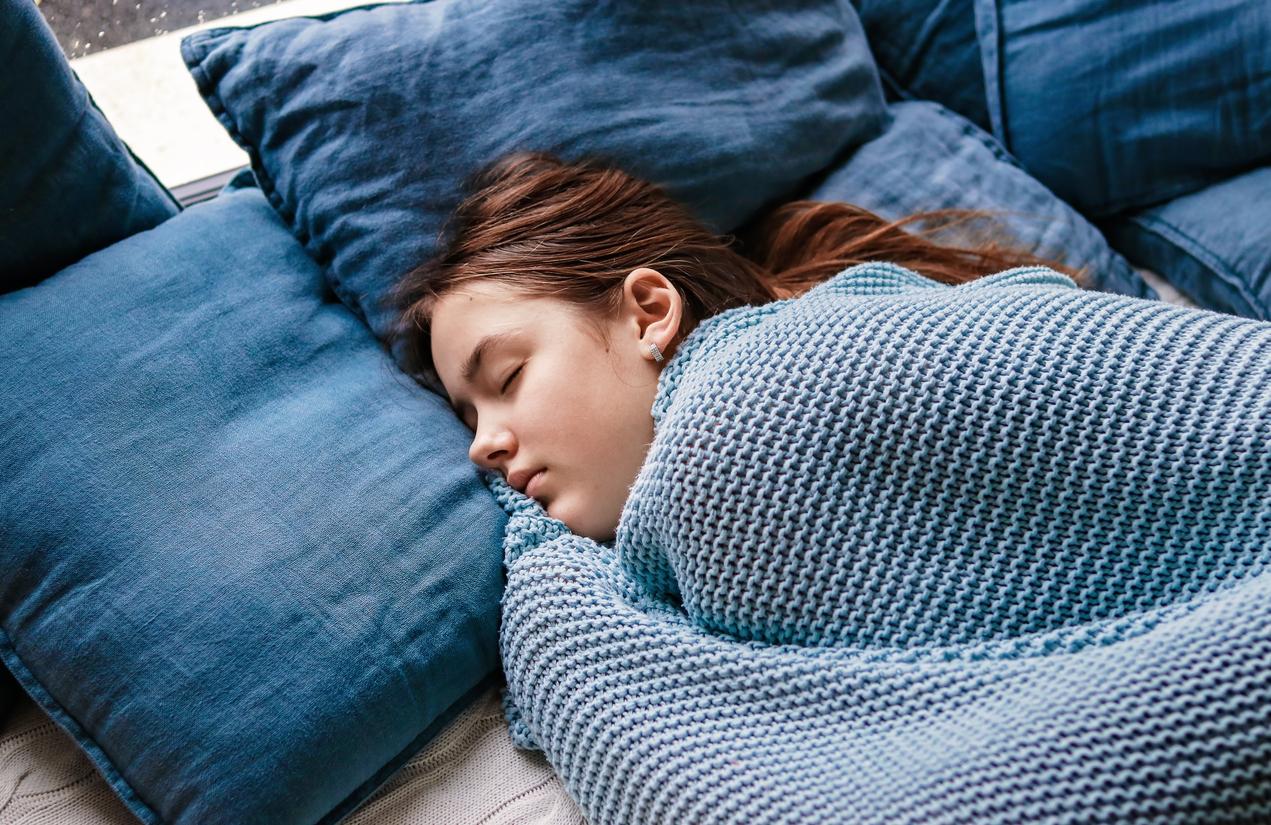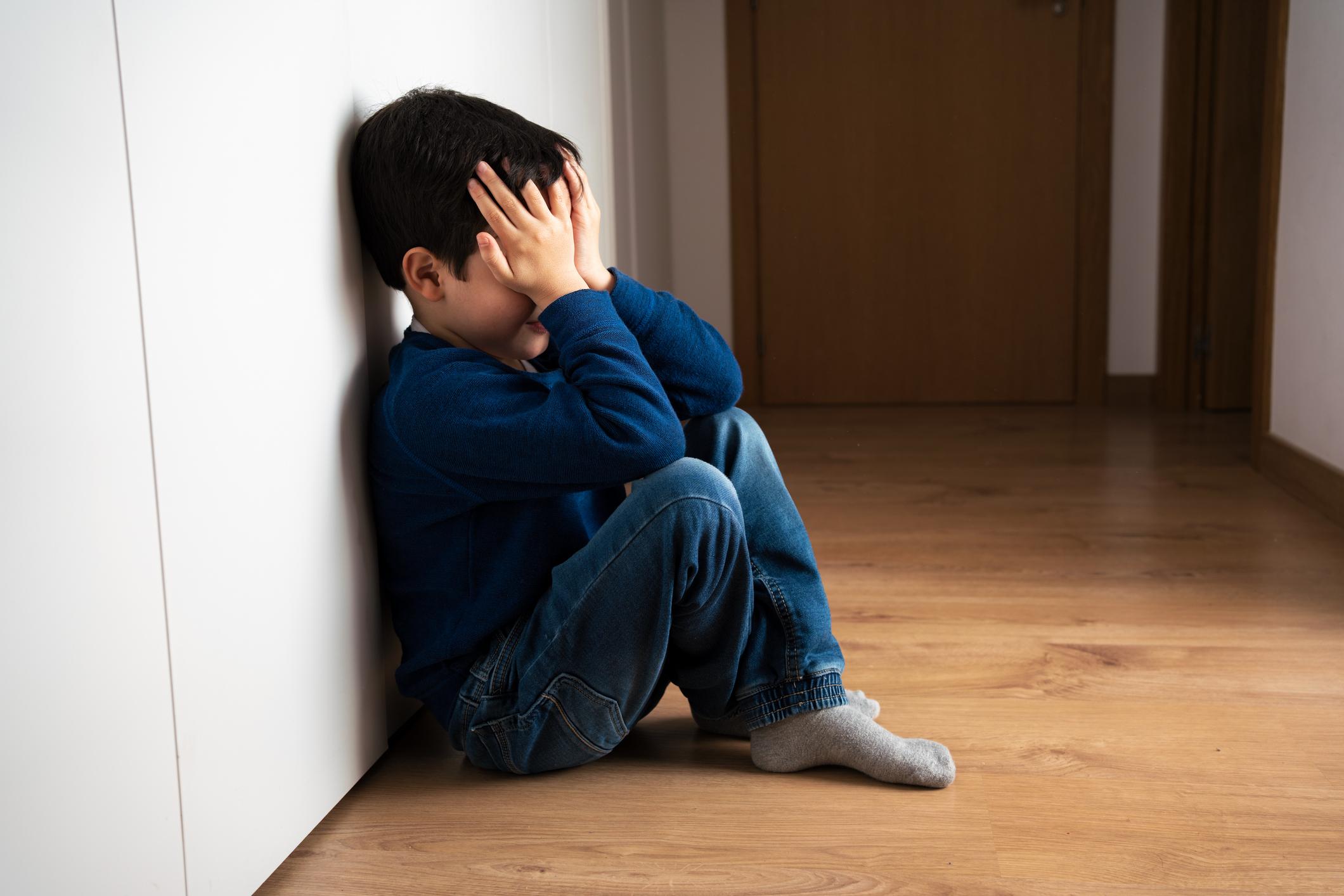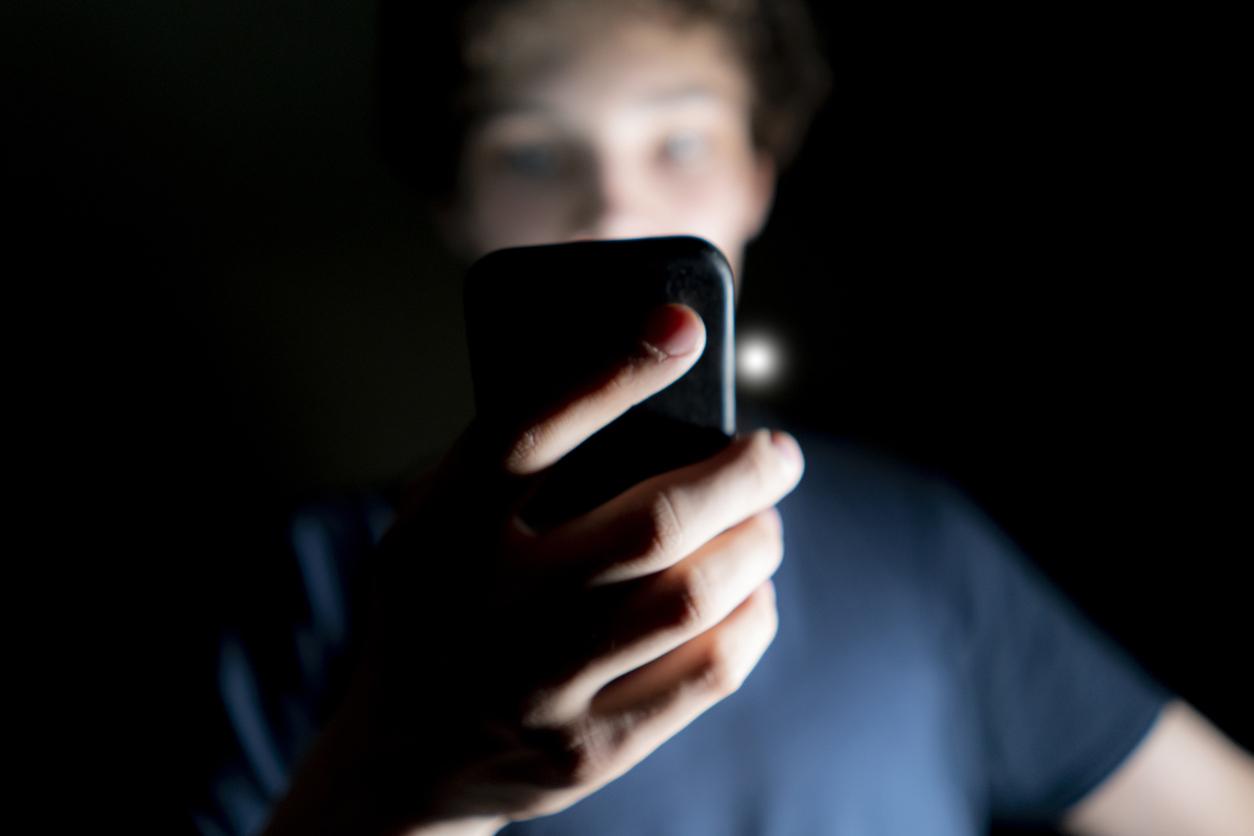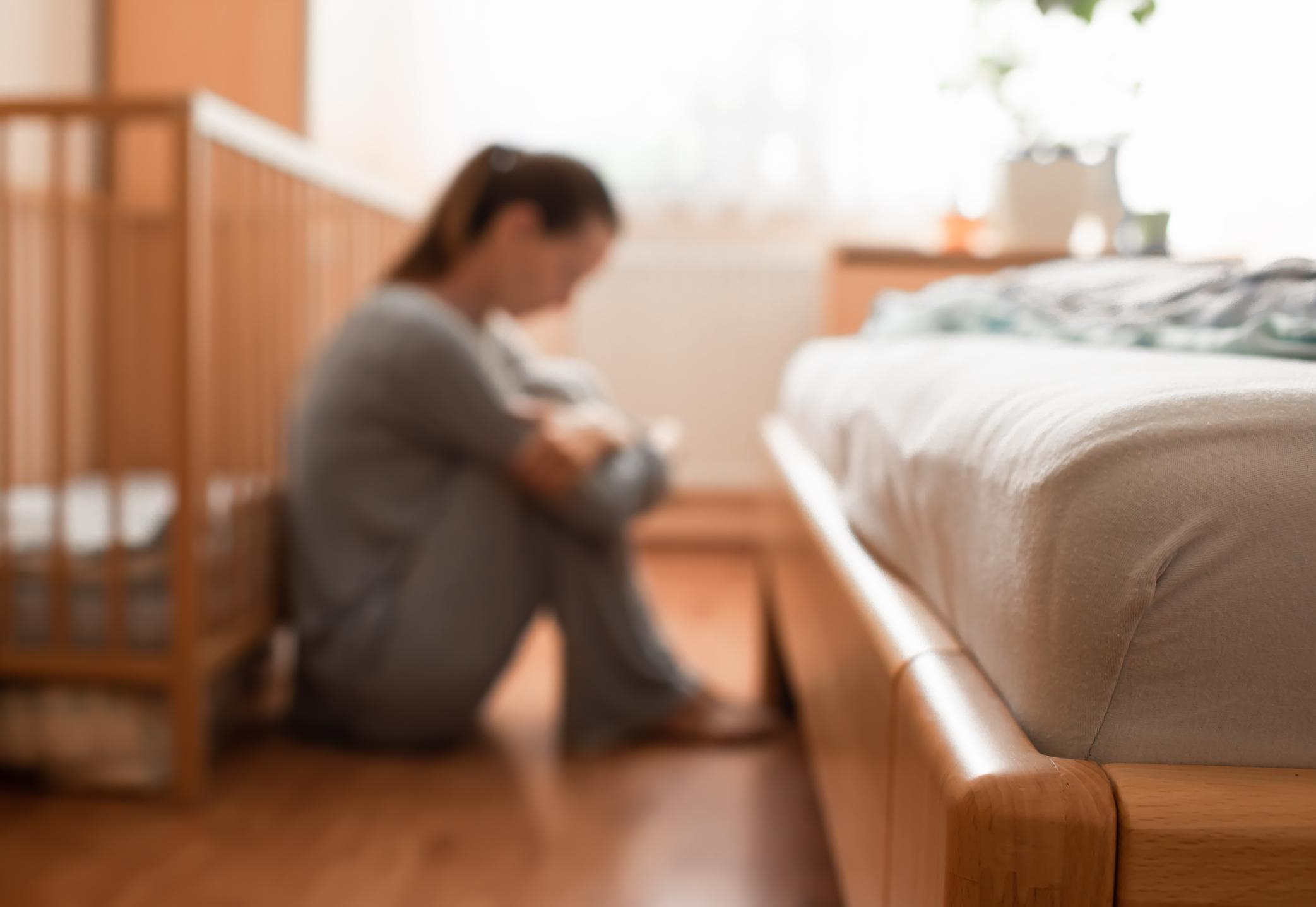A new study shows that teenagers who use a smartphone for more than 4 hours a day have more mental health problems than others.
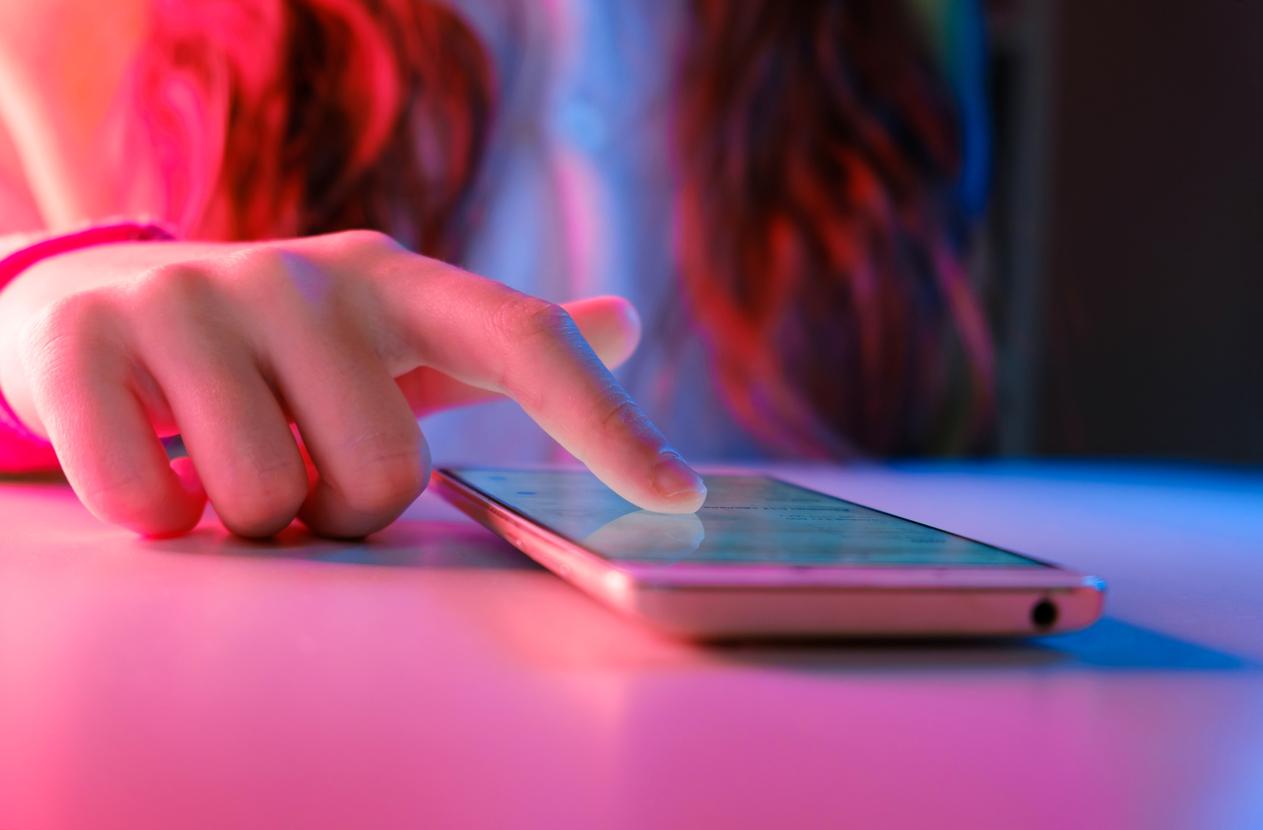
- South Korean researchers analyzed the responses of more than 50,000 adolescents who responded to an online survey on their risk behaviors between 2017 and 2020.
- They found that 85.7% of them spent more than two hours a day on their phones in 2020.
- Adolescents using their smartphones more than 4 hours a day had more mental health problems and suicidal thoughts than others.
Use a smartphone more than 4 hours a day leads increased risk of mental health problems and substance use among adolescents. Here are the conclusions of a large survey carried out on more than 50,000 young South Koreans between 2017 and 2020.
Smartphone: more than 8 out of 10 teenagers use their phone for more than two hours a day
To deepen understanding of the relationship between adolescent smartphone use and health, South Korean researchers examined the responses of more than 50,000 young people who participated in an online survey about their risk behaviors between 2017 and 2020. Among the data analyzed was the approximate number of hours spent on a smartphone daily as well as health metrics.
The results showed that the percentage of adolescents using a smartphone for more than two hours a day increased from 64.3% in 2017 to 85.7% in 2020. The scientists also noticed that young people who spent more than 4 hours a day on the device had higher rates of stress, suicidal thoughts and substance use than those who used it less.
On the other hand, surprising result: adolescents who used a smartphone between 1 and 2 hours per day experienced fewer mental health problems than those who did not have a phone.

Screens: recommendations for use should be established
The authors of the study, published in PLOS ONE on December 6, explain: “This research shows the impact of using smart devices for more than 4 hours a day on adolescent health.”
For them, although their work does not prove a direct cause and effect relationship between smartphone use and health problems among adolescents, it can help establish guidelines on the use of smartphones and other screens by adolescents to prevent potential harmful effects. They believe that developing recommendations is important, “especially if daily usage continues to increase.”









